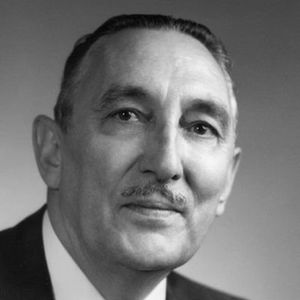George I. Sánchez facts for kids
Quick facts for kids
George I. Sánchez
|
|
|---|---|
 |
|
| Born | October 4, 1906 |
| Died | April 5, 1972 (aged 65) |
| Nationality | American |
| Education |
|
| Alma mater | |
|
Notable work
|
|
George Isidore Sánchez (1906–1972) was an important American educator and civil rights leader from New Mexico. He worked as a professor at the University of New Mexico. Later, he taught at The University of Texas at Austin (UT Austin) from 1940 until he passed away.
Sánchez was also the 13th president of the League of United Latin American Citizens (LULAC). He led several important court cases. These cases fought for equal education for Mexican Americans. He also worked against unfair tests given to students who didn't speak English well.
People remember Sánchez as a key person in the early "Mexican-American/Chicano" movement. This movement became very strong during World War II. In 1998, the Education building at UT Austin was named in his honor.
Biography
Early Life and Education
George Isidoro Sánchez was born on October 4, 1906, in Albuquerque, New Mexico. When he was young, his family moved to Arizona. His father worked as a gold and copper miner. George spent a long time growing up in Jerome, Arizona. This town was known for copper mining.
His experiences in a mining town, where many people faced hardships, might have inspired him. He became dedicated to helping others. In 1921, his family moved back to Albuquerque. George finished high school at Albuquerque High School. After graduating, he worked part-time while studying at the University of New Mexico. He also taught in local public schools.
In 1930, Sánchez earned his Bachelor of Arts degree. He studied education and Spanish at the University of New Mexico. In 1931, he received his Master of Science degree. This was in educational psychology and Spanish from The University of Texas at Austin. Finally, in 1935, he earned his Doctor of Education degree. He studied educational administration at the University of California, Berkeley.
Career Highlights
Sánchez published his most famous book, Forgotten People: A Study of New Mexicans, in 1940. This book was the first to use scientific methods to study the lives of "New Mexicans." Sánchez pointed out that people often romanticized New Mexico. But they ignored the serious poverty in the state.
He also challenged the U.S. government to help meet the basic needs of the people. He said these people had always been loyal to the nation. Sánchez gained much recognition after 1940. That year, he became a full professor at the University of Texas at Austin.
He was the first professor of Latin American Studies at the university. Later, he led the history and philosophy department. In 1941, Sánchez was elected national president of LULAC. He served one term, from 1941 to 1942.
Lasting Impact and Legacy
Sánchez passed away on April 5, 1972. Many honors were given in his memory. The National Education Association created the George I. Sánchez Memorial Award. This award recognized him as the "father of the movement for quality education for Mexican-Americans."
The United States Office of Education named a work section and a room after him. Schools in Houston, San Antonio, and Austin, Texas, were also named for him. In 1995, the University of Texas renamed its Education Building the George I. Sánchez Building.
Sánchez was an expert in mental measurements and bilingual education. He criticized how intelligence tests were unfair to different cultures. He is known as the founder of Chicano educational psychology. His studies on bilingual education are still important today. They are a basis for current research in the field.
See also

